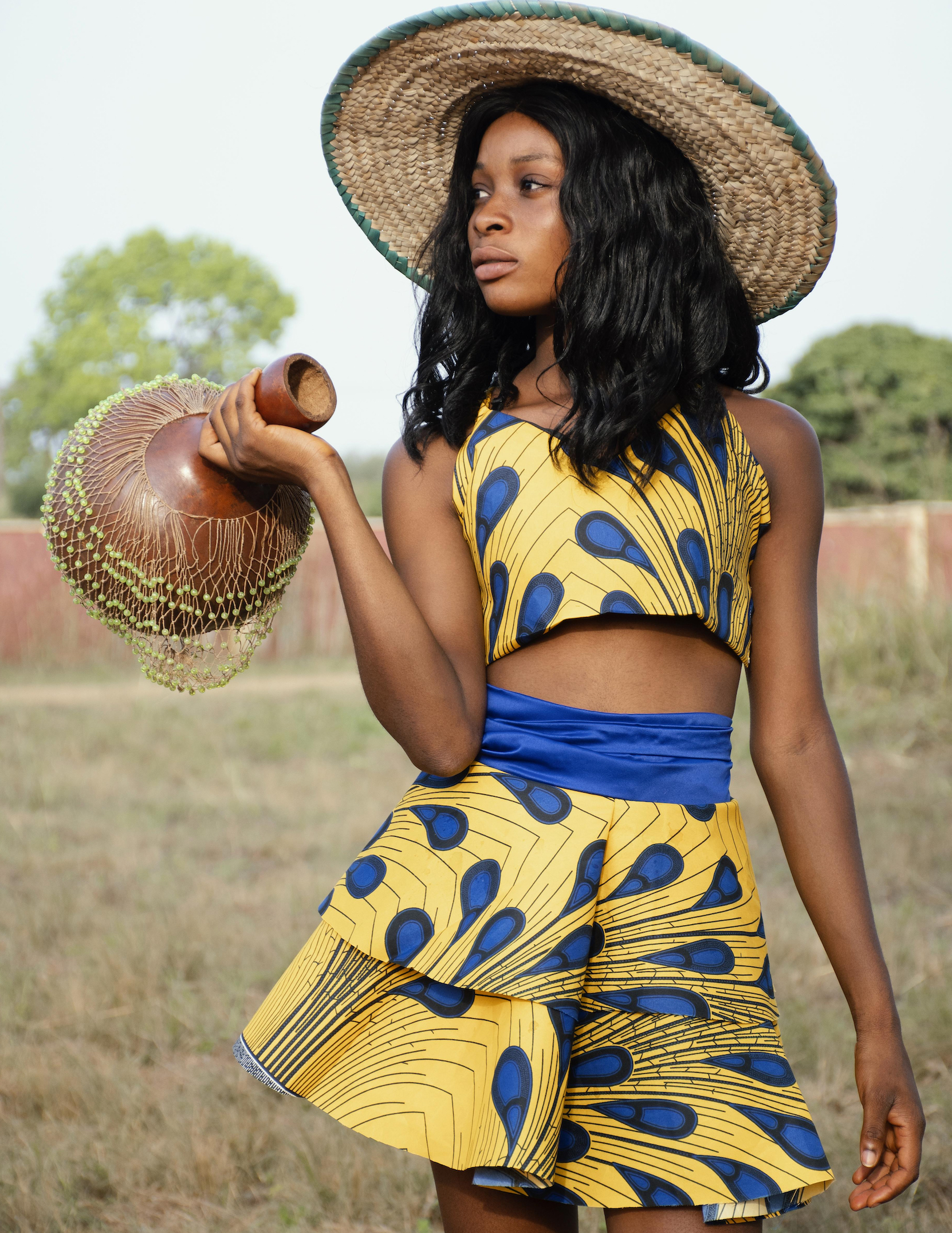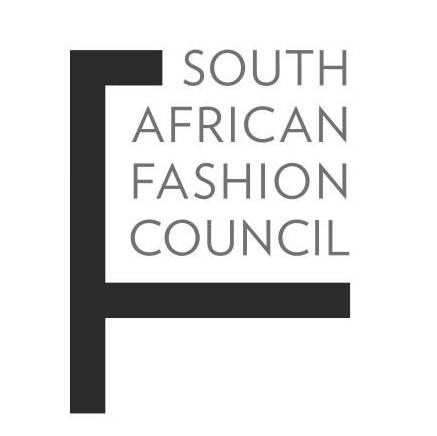Summary
For venture capitalists to consider investing more in South African fashion designers and supply chain, the industry needs a stringent financial organisational structure and strategic mentorship of the nation’s top talents. This is where not-for-profit South African Fashion Council comes in.
History
Founded in 2012, not-for-profit South African Fashion Council aims to help build on the strengths of South Africa’s fashion industry in order to utilise existing opportunities in the country to grow fashion brands, to grow retail market share and to use fashion as a catalyst for job creation and poverty alleviation. The council also recognises and reduces the challenges that exist around market access, brand exposure, raw material availability, production processes, skill sets, education, export opportunities and a shared vision for Fashion in South Africa.
The need is real. “I travel a lot and I find people in the US and Europe are fascinated by African designs and want to see more of it,” Hanneli Rupert, the owner of boutique Merchants on Long, tells BoF. “But we are so geographically distant that young designers don’t have easy access to the international market. Because of our competing fashion weeks, buyers from abroad don’t know when to come here. We need to find ways around this as now is the time to expand, while African design is on everyone’s radar.”

Vision
‘Together we can make South African Fashion a dynamic leader for the continent and a force to be reckoned with globally.’
The vision of the South African Fashion Council is rooted in transforming South Africa’s fashion ecosystem into a globally competitive, financially structured, and creatively vibrant industry. To attract meaningful venture capital investment, the Council envisions an industry supported by clear financial governance, strong operational foundations, and a pipeline of mentored, globally-minded design talent.
By championing a well-organised and transparent structure, the Council aims to ensure designers are investment-ready and that supply chains—from raw materials to retail—are scalable and efficient. This strategic focus not only positions South African fashion as bankable but also fosters long-term sustainability and inclusive economic growth.
The South African Fashion Council sees fashion as a powerful tool for national development. Since its founding in 2012, it has worked to address the systemic gaps in the fashion value chain, from education and production to market access and international visibility.
The Council’s work is vital in bridging the geographic and infrastructural barriers that prevent South African designers from reaching global markets. With African aesthetics in high demand globally, the Council believes now is a critical moment to consolidate the industry’s fragmented platforms, synchronise fashion weeks, and build a unified vision that leverages South Africa’s rich creative heritage. Through this, fashion becomes a vehicle for job creation, export growth, and cultural diplomacy.
Mission
The mission of the South African Fashion Council is to use fashion as a catalyst for economic growth, social development, and cultural empowerment in South Africa. By strengthening the fashion value chain—from education and raw material sourcing to design, production, and market access—the Council aims to create sustainable opportunities for designers, artisans, and entrepreneurs. It is committed to building a financially resilient and globally competitive fashion industry that not only celebrates South Africa’s diverse creative heritage but also contributes meaningfully to job creation, skills development, and the country’s overall economic transformation.
Services
The South African Fashion Council is a not-for profit company, funded by the Department of Trade and Industry, to support and improve the region’s fashion, textile, footwear, leather and leather-goods value chains. The council aims is to develop the South African fashion industry in conjunction with its stakeholders including fashion designers, retailers, design houses, manufacturers, educational institutions, regional fashion councils, organised labour, national government and the fashion media.
References
- https://www.businessoffashion.com/articles/news-analysis/on-the-brink-of-change-in-south-africa/
- https://www.voguebusiness.com/fashion/shaping-a-new-african-fashion-narrative-designers-say-its-about-time-v-and-a-exhibition
- https://www.vogue.in/fashion/content/why-african-design-talent-is-the-real-winner-of-the-lvmh-prize-2019
- https://www.elle.com/fashion/news/a25076/a-closer-look-at-south-africas-afropolitan-chic/


